PPT-Exploring the Nanoworld
Author : neoiate | Published Date : 2020-07-01
with SmallAngle Scattering Dale W Schaefer Chemical and Materials Engineering Programs University of Cincinnati Cincinnati OH 452210012 daleschaeferucedu Braggs
Presentation Embed Code
Download Presentation
Download Presentation The PPT/PDF document "Exploring the Nanoworld" is the property of its rightful owner. Permission is granted to download and print the materials on this website for personal, non-commercial use only, and to display it on your personal computer provided you do not modify the materials and that you retain all copyright notices contained in the materials. By downloading content from our website, you accept the terms of this agreement.
Exploring the Nanoworld: Transcript
Download Rules Of Document
"Exploring the Nanoworld"The content belongs to its owner. You may download and print it for personal use, without modification, and keep all copyright notices. By downloading, you agree to these terms.
Related Documents

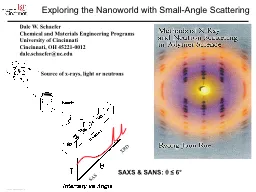
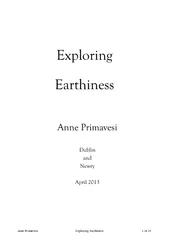
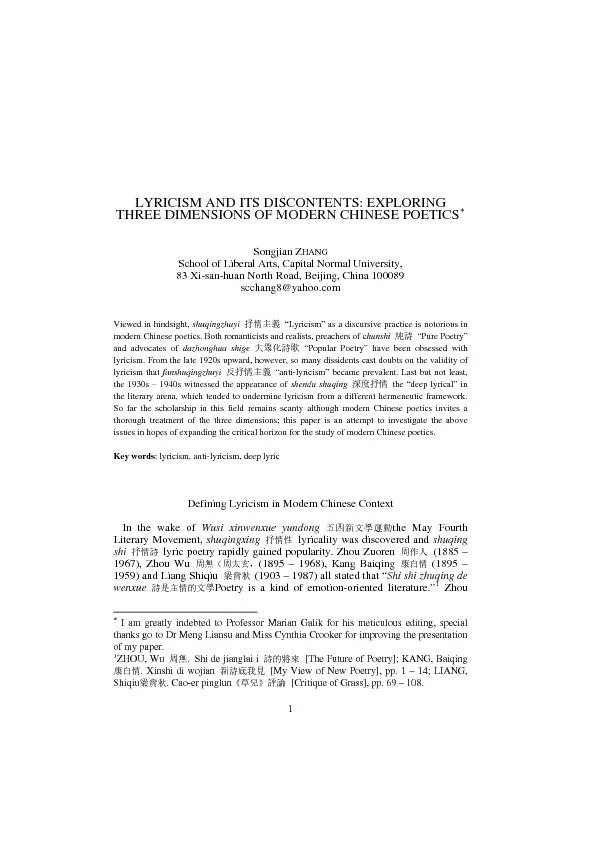
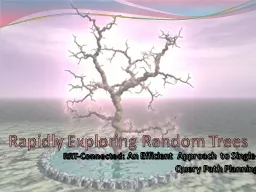
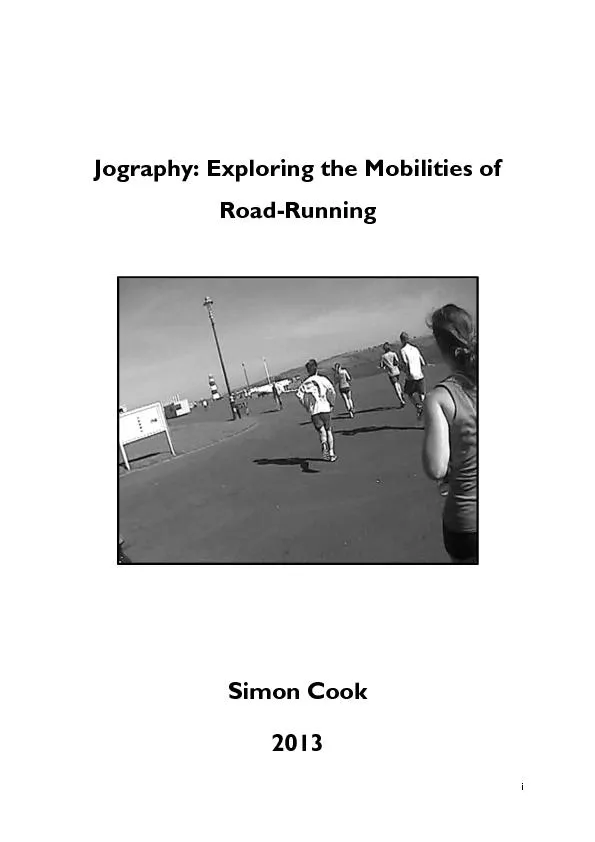
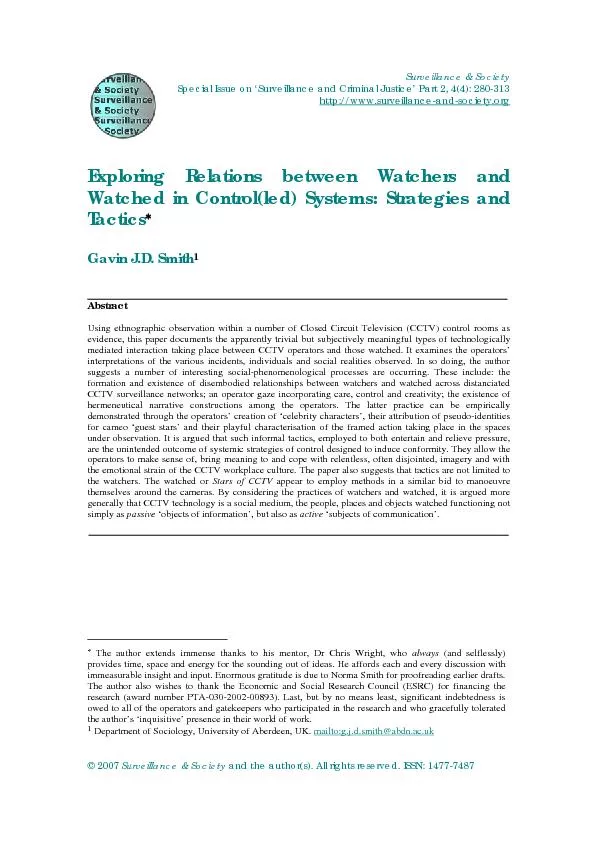


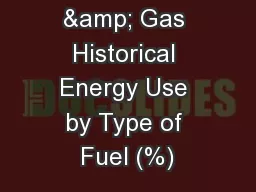
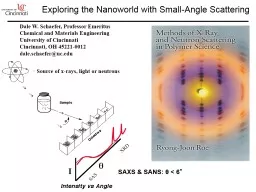



![[EBOOK]-Exploring the World of Chemistry: From Ancient Metals to High-Speed Computers](https://thumbs.docslides.com/956424/ebook-exploring-the-world-of-chemistry-from-ancient-metals-to-high-speed-computers-exploring-series-exploring-new-leaf-press.jpg)